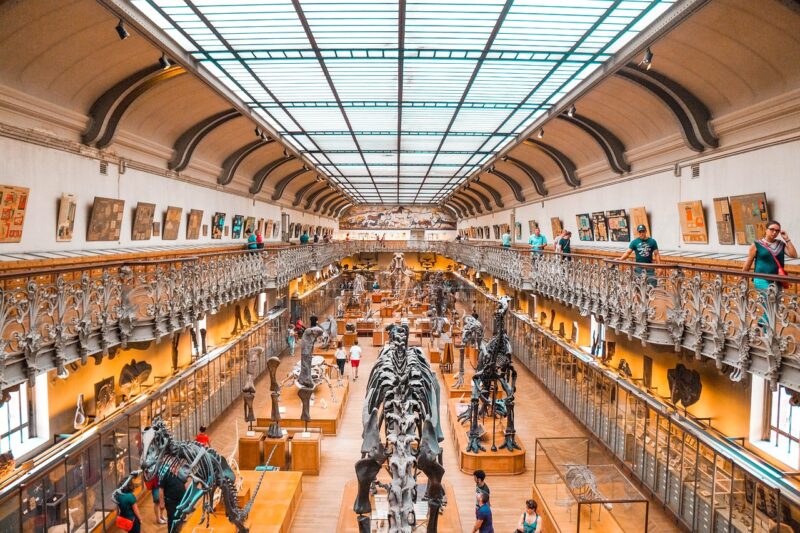The Evolution of Communication: From Gestures to Complex Languages
November 12, 2024

Communication is a fundamental aspect of human life, ingrained in our social interactions, relationships, and community building. From primitive gestures to the intricate languages we use today, the evolution of communication reflects our species’ capacity for innovation, adaptability, and creativity. In this article, we will explore the fascinating journey of communication, its stages, and how it has shaped human society over millennia.
1. The Birth of Communication: Primitive Gestures and Sounds
Long before the advent of spoken language, our ancestors relied on non-verbal communication methods. Early humans communicated using gestures, facial expressions, and vocalizations that conveyed basic emotions and intentions.
– Gestures: Pointing, waving, and body movements served as a universal language for our early ancestors, enabling them to share information about food sources, dangers, and social dynamics without the need for words.
– Vocalization: While primitive, the use of grunts, howls, and other sounds helped convey fundamental emotions such as fear, joy, and anger.
This phase marked the beginning of communication, which was crucial for survival and the establishment of social bonds.
2. The Development of Proto-Languages
As human societies grew more complex, so did their communication needs. This led to the development of proto-languages—early, rudimentary forms of language that emerged from the combination of gestures and simple sounds.
– Elements of Proto-Languages: These languages were characterized by limited vocabulary and straightforward grammatical structures. For instance, early humans may have started using specific sounds or combinations of sounds to represent objects, actions, or emotions, laying the groundwork for more sophisticated languages.
– Regional Variations: Proto-languages appeared differently across various communities, influenced by cultural practices, environments, and social structures. This divergence set the stage for the development of distinct languages.
The shift towards proto-languages enabled more complex communication and social organization, allowing humans to cooperate more effectively in groups.
3. The Birth of Complex Languages
Over thousands of years, human communication underwent significant transformation, resulting in the emergence of fully developed languages. The transition involved:
– Phonetics and Vocabulary: The introduction of phonetic sounds and a growing vocabulary allowed for more nuanced expression. As humans began to develop specialized roles in society—such as hunters, gatherers, and artisans—language distinguished tasks and shared knowledge more efficiently.
– Grammar and Syntax: Language evolved to include grammatical rules and syntax, crucial for structuring meaningful sentences. This added dimension enabled speakers to express complex ideas, emotions, and narratives, paving the way for storytelling and cultural transmission.
– Written Language: The advent of writing systems, such as cuneiform and hieroglyphics, marked a monumental shift in communication. Written language allowed for the documentation of history, trade, laws, and ideas, solidifying the foundation of civilizations.
4. Language Families and Diversification
Languages didn’t remain static. They diversified into language families, each containing distinct languages that share common ancestry. Major language families include:
– Indo-European: This family includes languages such as English, Spanish, Russian, and Hindi, highlighting the significant migratory patterns of people.
– Sino-Tibetan: Including Mandarin and Cantonese, this family comprises a vast number of speakers, primarily in Asia.
– Afro-Asiatic: This family includes Arabic and Hebrew, highlighting linguistic connections across Africa and the Middle East.
The diversification of languages facilitated cultural identity and unity within communities, while also presenting challenges in interpretation and communication across different regions.
5. The Role of Technology in Modern Communication
As we moved into more contemporary times, technological advancements revolutionized communication:
– Telecommunication: The invention of the telephone and later mobile phones radically changed the way humans interact, enabling instant communication across vast distances.
– The Internet and Social Media: The rise of the internet further transformed communication, allowing for instantaneous sharing of information. Social media platforms enable users to share thoughts, ideas, and experiences on a global scale, emphasizing the casual, conversational nature of modern communication.
– Globalization: With the world becoming increasingly interconnected, languages borrow and influence one another, leading to new linguistic hybrids, slang, and jargon.
The digital age has not only transformed the way we communicate but has also changed the expectations of communication speed, styles, and content.
6. Challenges and Future of Communication
Despite the advancements, numerous challenges persist in communication:
– Language Barriers: As languages proliferate, misunderstandings frequently arise due to differences in language and cultural context.
– Evolving Language: The speed of change in language, driven by technological innovations and youth culture, can lead to generational divides and challenges in mutual understanding.
– Miscommunication in Digital Platforms: The casual nature of social media can lead to misinterpretation of tone and intention, complicating interpersonal interactions.
Looking ahead, technology’s role in communication will continue to grow. Innovations like artificial intelligence-driven translation services and virtual reality communication may further bridge gaps and transform how we connect with others, potentially leading to a more universally understood global dialogue.
Conclusion
The evolution of communication, from gestural signals to complex languages, reveals humanity’s remarkable adaptability and urge to connect. As we forge ahead into a future marked by technological advancements and global integration, we must remain conscious of the nuances of communication that bind us together, ensuring that the essence of our shared humanity endures. Understanding the historical evolution of communication can empower us to navigate contemporary challenges, fostering empathy, tolerance, and collaboration in our increasingly interconnected world.







